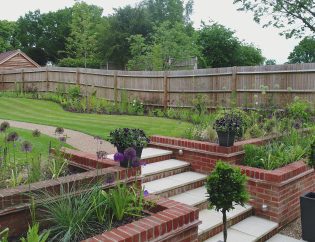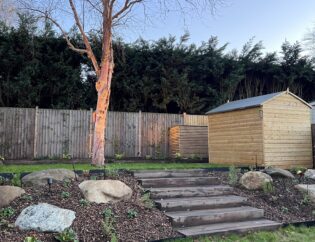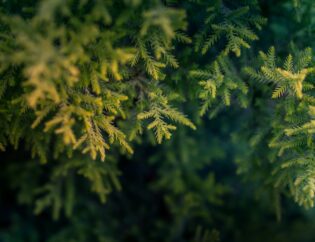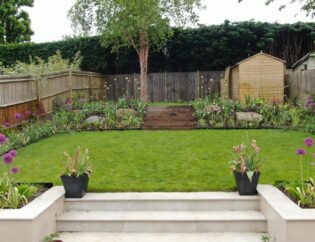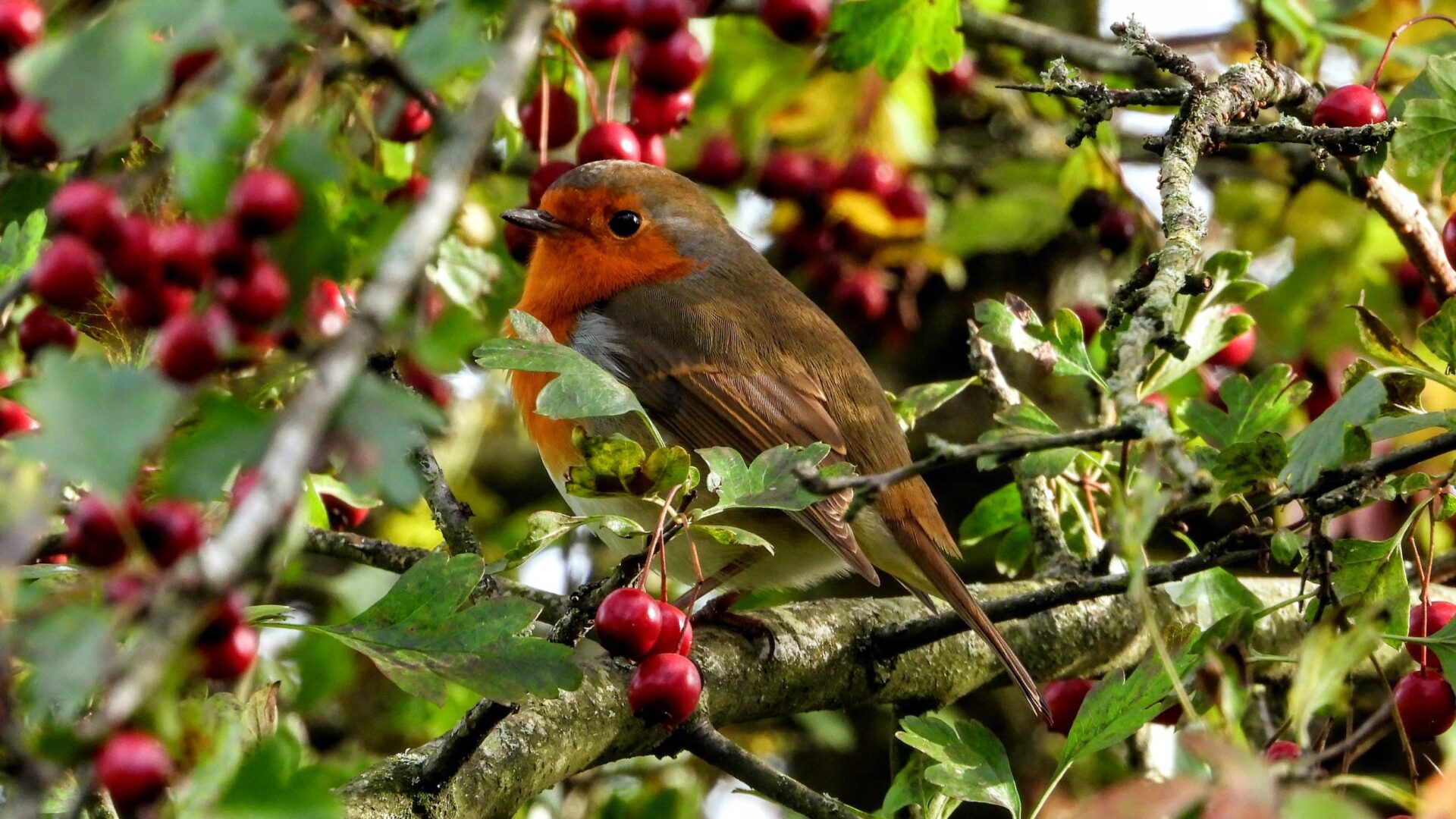
Aye's Advice: Using native hedging in your garden
Have you thought about using native hedges in your landscaping project? Our beautiful South East England has a unique charm, with its lush green countryside and picturesque gardens. One of the best ways to support and enhance this natural beauty is to incorporate native hedging into your landscape design.
Native hedging not only adds to the look of your property but also has environmental benefits. In this blog post, we look at why you should consider planting native hedging, explore some popular native hedge varieties, and give some tips on how to care for your hedge.
Why plant native hedging in the UK?
Native hedging refers to the use of indigenous plant species to create hedges. These plants have evolved and adapted to the local climate and soil conditions over centuries. Here are several compelling reasons why native hedging is an excellent choice for your landscaping:
- Biodiversity support: Native hedges provide a natural habitat for a wide range of local wildlife, including birds, insects, and small mammals. These hedges offer food, shelter, and nesting sites, promoting biodiversity and helping to support the delicate balance of our ecosystem.
- Aesthetic appeal: Native hedging complements our natural landscape beautifully. From the vibrant hawthorn to the glossy leaves of the holly, native hedge species offer a visually appealing addition to your garden or property, in rural and in urban areas.
- Low maintenance: Native hedging is typically hardy and well-suited to the local climate, reducing the need for extensive care and maintenance. Once established, they need less water and are more resistant to pests and diseases than some non-native species.
- Seasonal interest: Many native hedge varieties provide year-round interest. In spring, you can enjoy the sight of blossoming flowers, while in autumn and winter, the berries and colourful foliage can add vibrancy to your landscape.
- Environmental benefits: Native hedges help improve air quality, absorb carbon dioxide, and reduce soil erosion. They also act as natural windbreaks, making them an excellent choice for protecting your garden and property from strong winds.
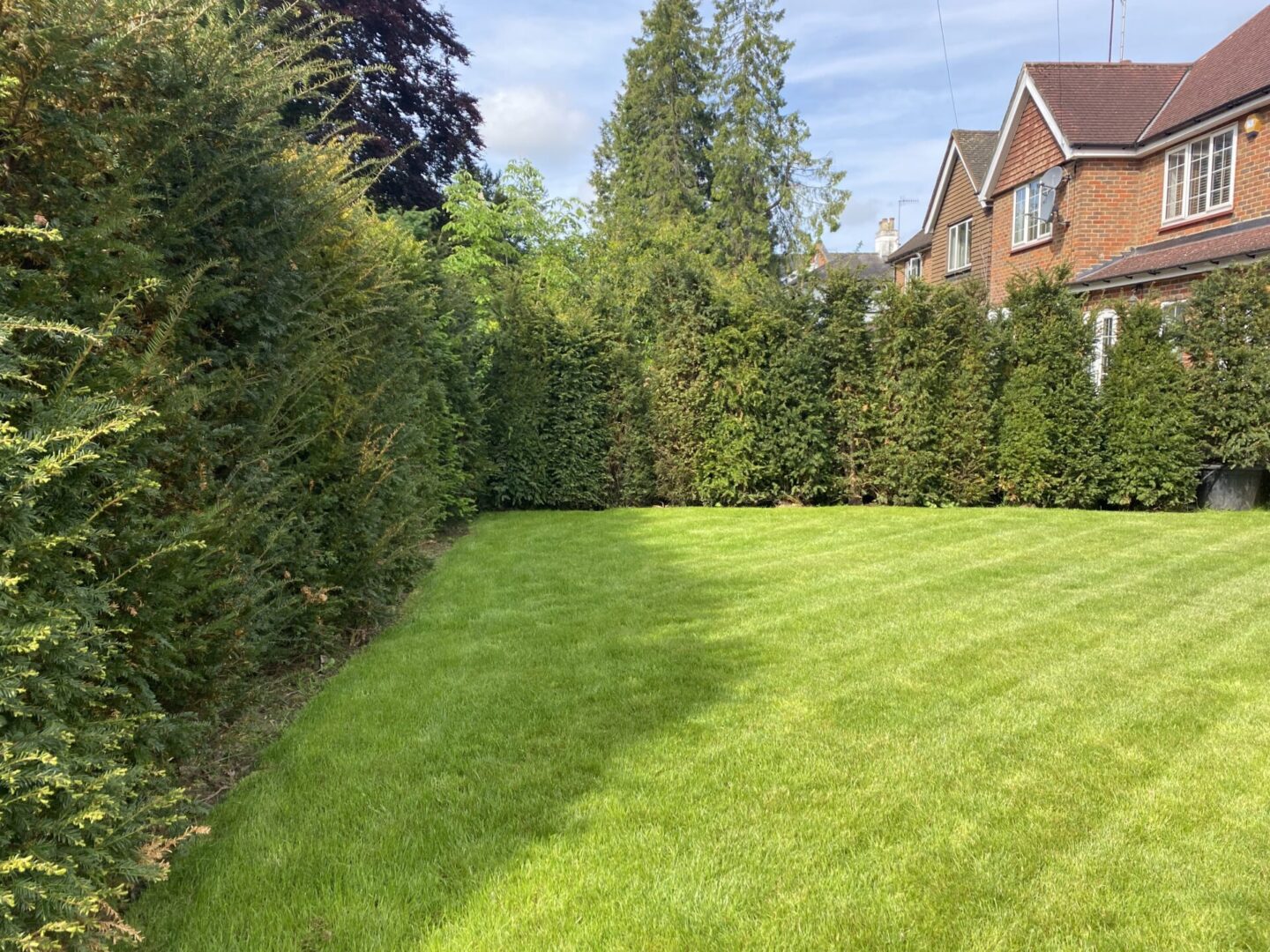
Popular varieties of native hedging in the UK
Some popular native hedge varieties include:
- Hawthorn (Crataegus monogyna): Known as the "Mayflower," the hawthorn is a beloved native hedge species in the UK. It boasts beautiful clusters of white flowers in spring, followed by small, red berries in the autumn. Hawthorn hedges are not only attractive but also provide dense shelter for wildlife.
- Blackthorn (Prunus spinosa): Blackthorn, also called sloe, is another native species commonly used for hedging. It produces delicate white blossoms in early spring and dark, plum-like fruits in the autumn. Blackthorn hedges are excellent choices for wildlife habitats and traditional hedgerows.
- Holly (Ilex aquifolium): Holly hedges are cherished for their glossy, evergreen leaves and bright red berries during the winter months. These hedges supply essential food and shelter for birds and insects. Plus, they add a touch of festive charm to your garden.
- Beech (Fagus sylvatica): Beech hedges are well-suited to formal landscaping and give a dense screen throughout the year. They have coppery leaves in winter and fresh green leaves in spring. They are known for their elegant appearance and adaptability to various soil types.
Field Maple (Acer campestre): Field maple is a versatile native hedge species that offers beautiful autumn foliage in shades of yellow and red. It is a valuable habitat for butterflies and other insects and can thrive in both rural and urban settings.
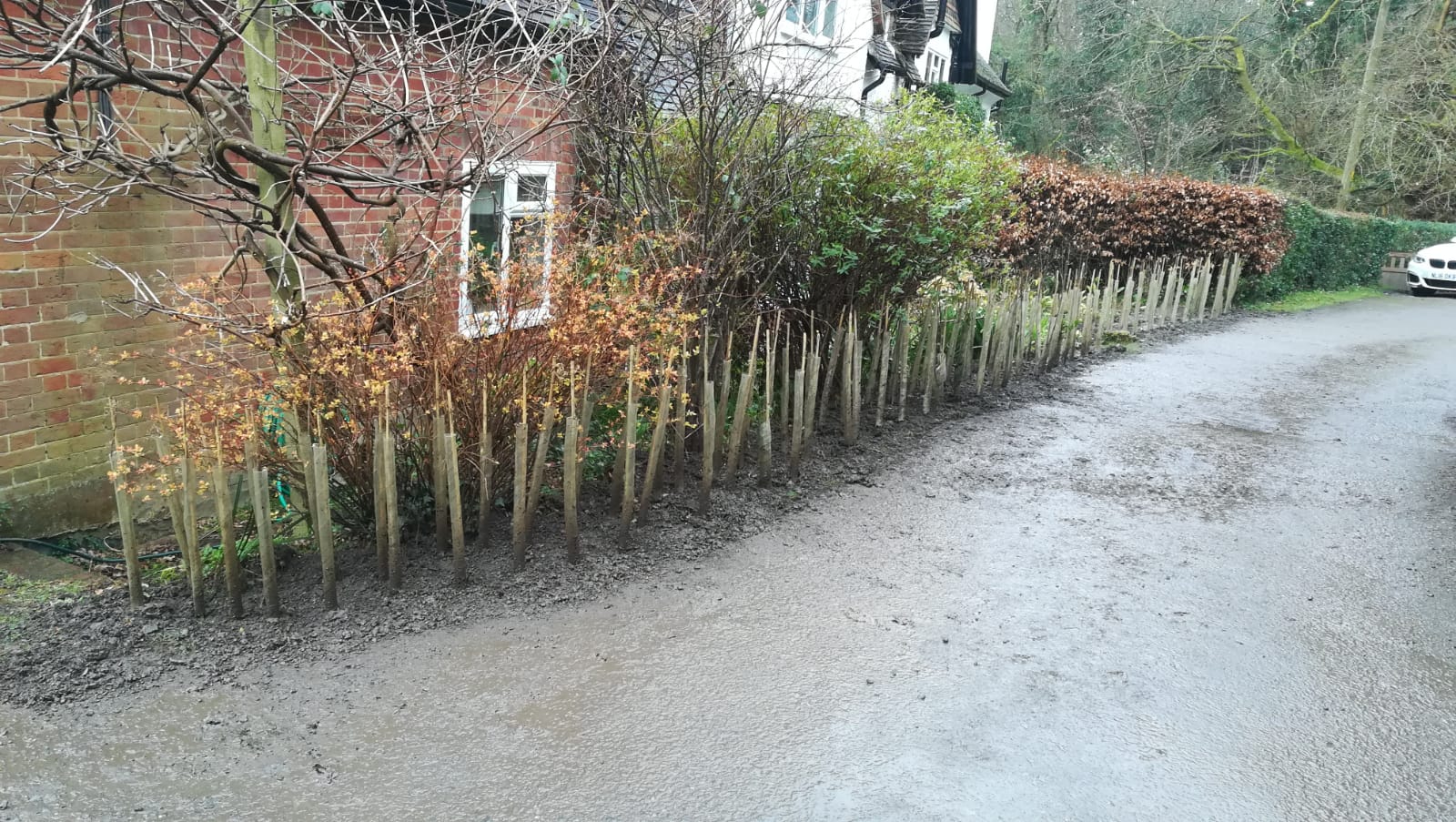
How to care for your native hedge
Although native hedges are generally low maintenance, some care is essential to ensure that they thrive. Here are some tips for caring for your native hedge:
- Planting: Choose a suitable location with well-draining soil and access to enough sunlight. Ensure proper spacing between plants to allow for healthy growth. Water thoroughly after planting, and mulch to retain moisture.
- Mulching: Mulch around the base of your hedge to suppress weeds, conserve moisture, and regulate soil temperature. Avoid piling mulch against the stem, as it can promote rot.
- Pruning: Regular pruning is essential to maintain the shape and density of your hedge. For most native hedge species, late winter to early spring is the ideal time for pruning, as it minimises disturbance to nesting birds.
- Feeding: Apply a balanced fertiliser in late winter or early spring to give essential nutrients for growth. Avoid excessive fertilisation, as native hedges have adapted to low-nutrient conditions over centuries.
- Pest and disease management: Native hedges are generally pretty resilient, but occasional inspections are necessary to identify and address any pest or disease issues promptly.
Wildlife considerations: Encourage wildlife by allowing some sections of your hedge to grow less strictly. Leave berries and fruits for birds and insects, and avoid using pesticides that may harm wildlife.
In conclusion, native hedging is a sustainable and aesthetically pleasing choice for landscaping here in the UK. By planting native hedge species, you not only enhance the beauty of your property but also support local wildlife and contribute to a healthier environment. With proper care and maintenance, your native hedge will flourish and become a valuable asset to your garden for many years to come.
If you need some help designing an outdoor space that complements your home, give us a call to discuss your ideas, and let us help you bring them to life!


